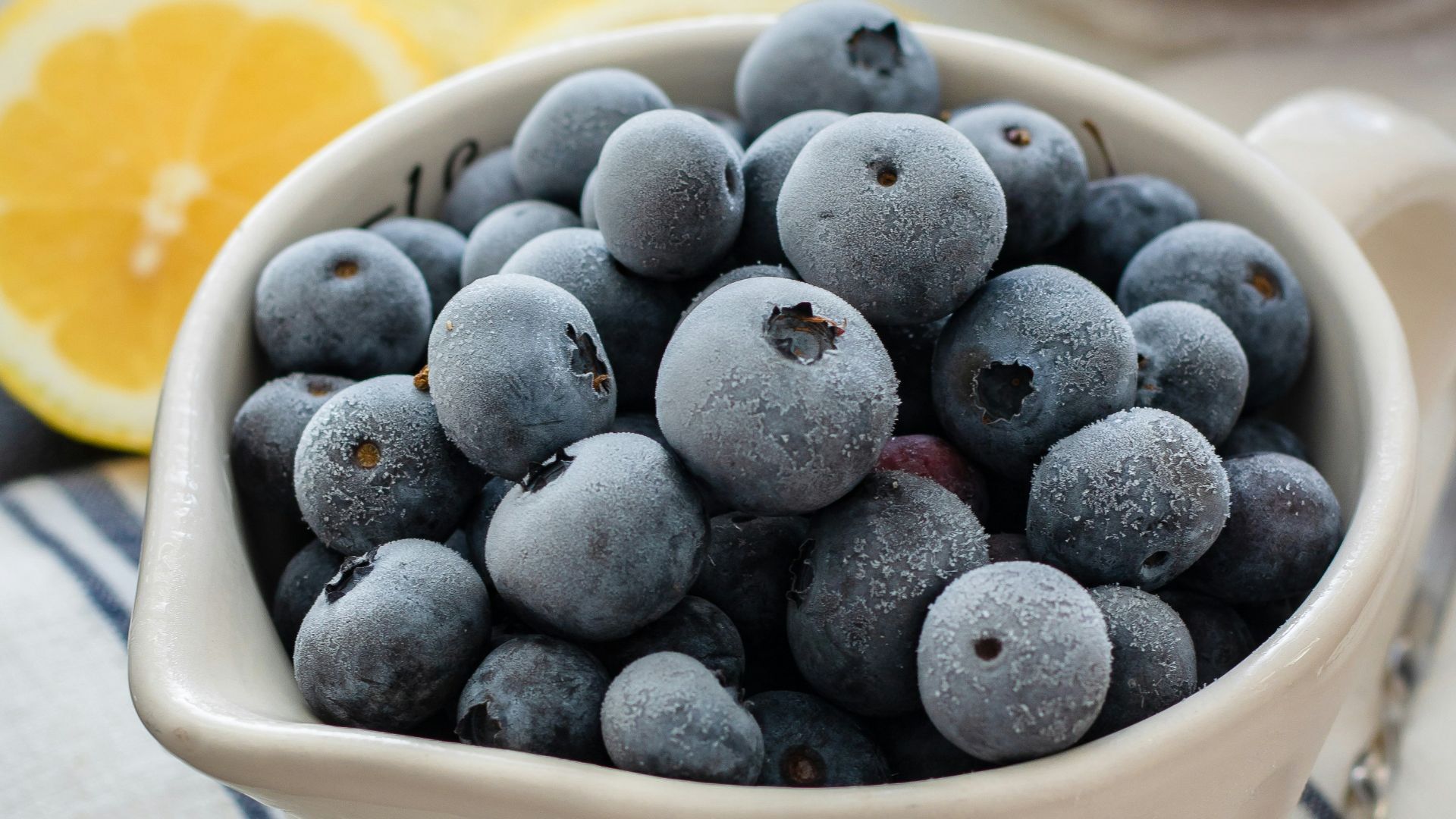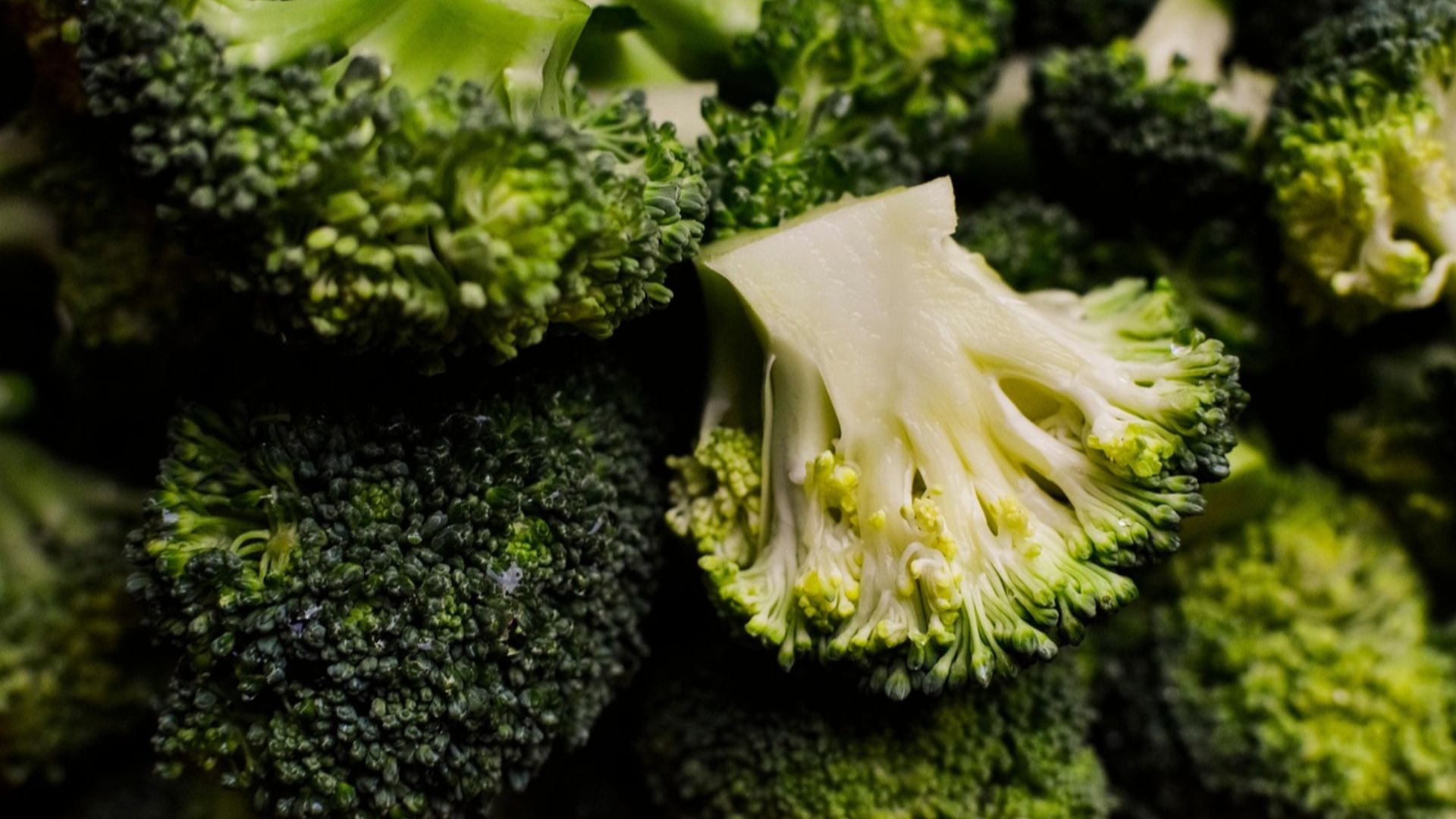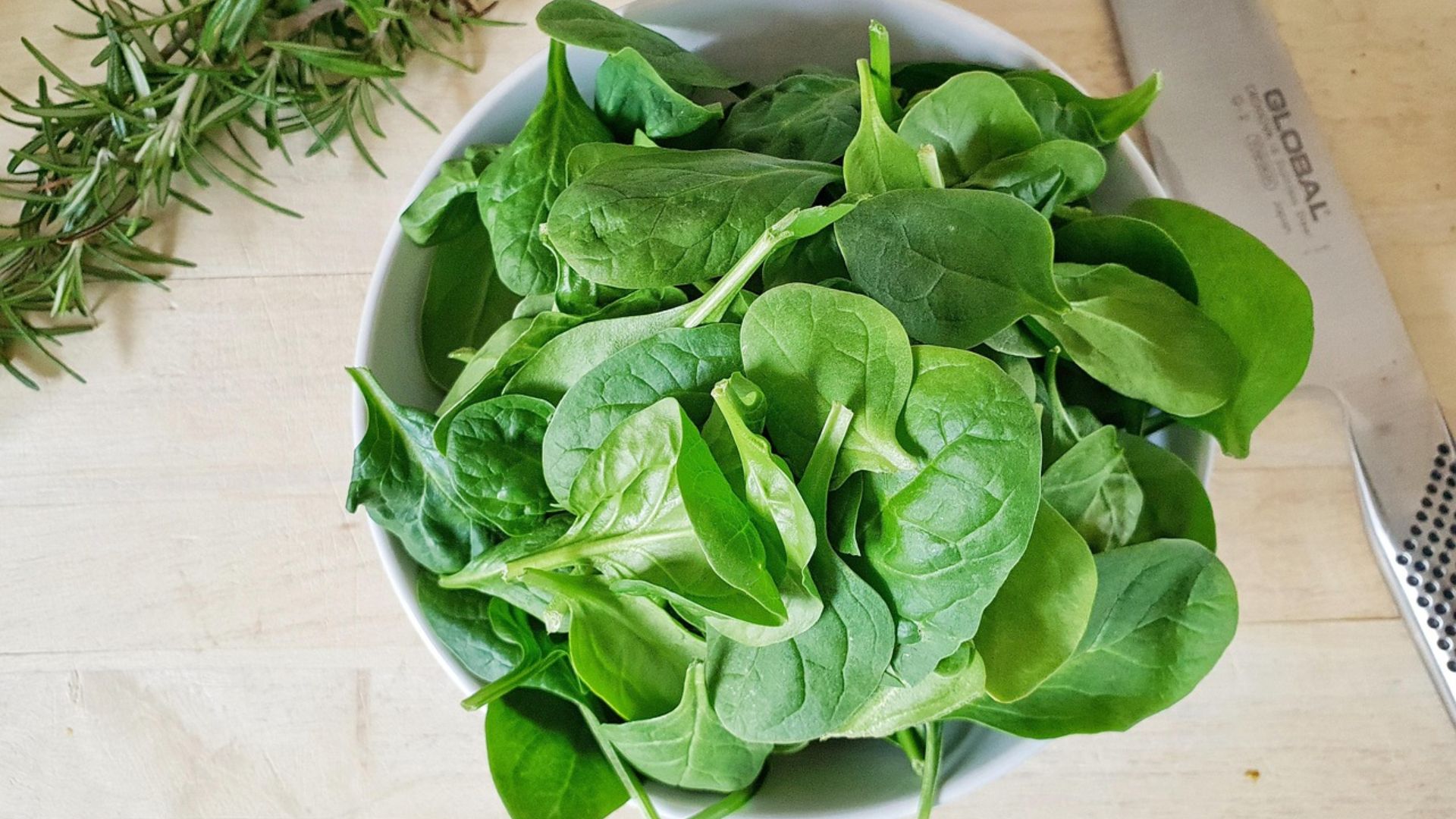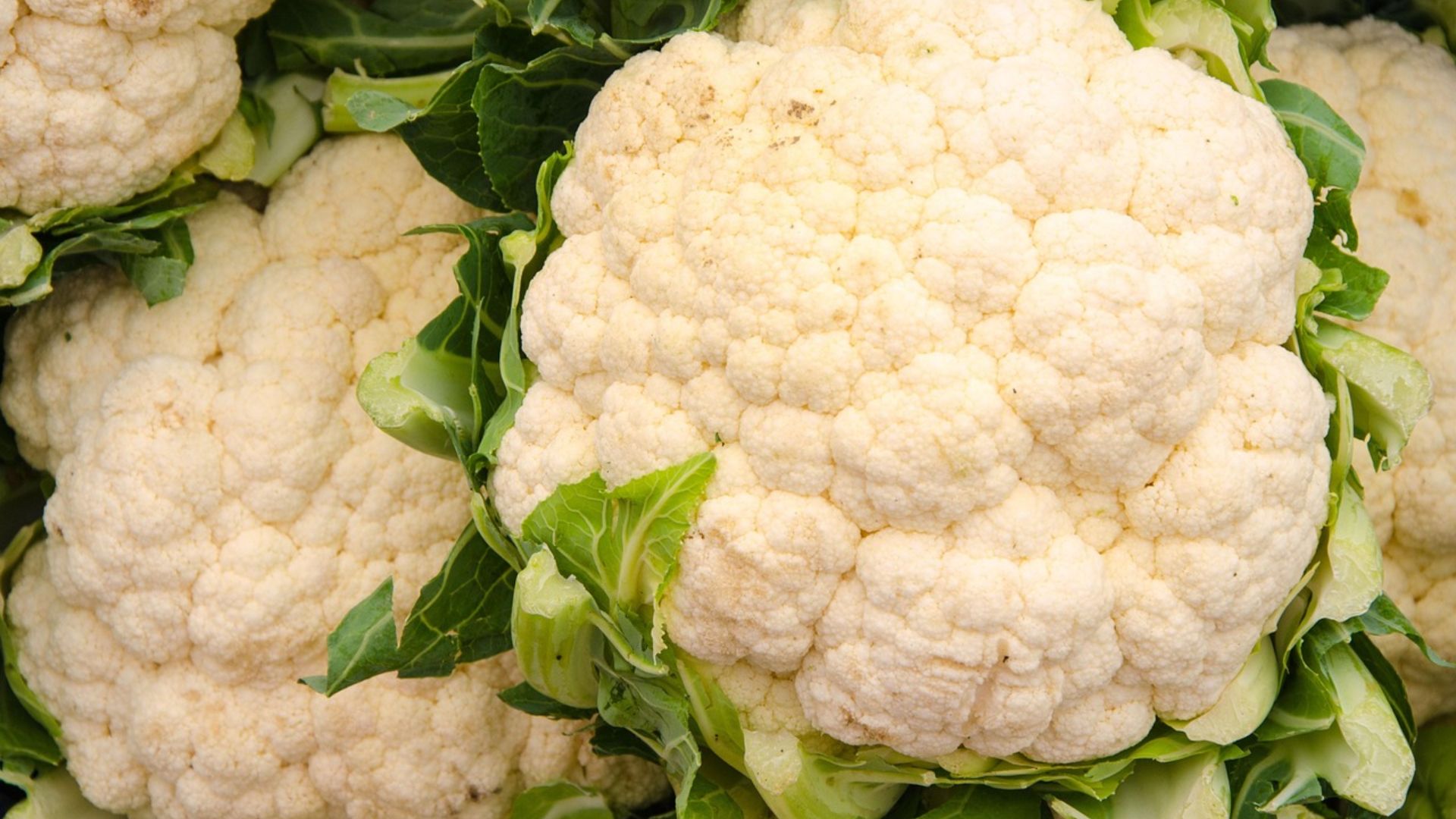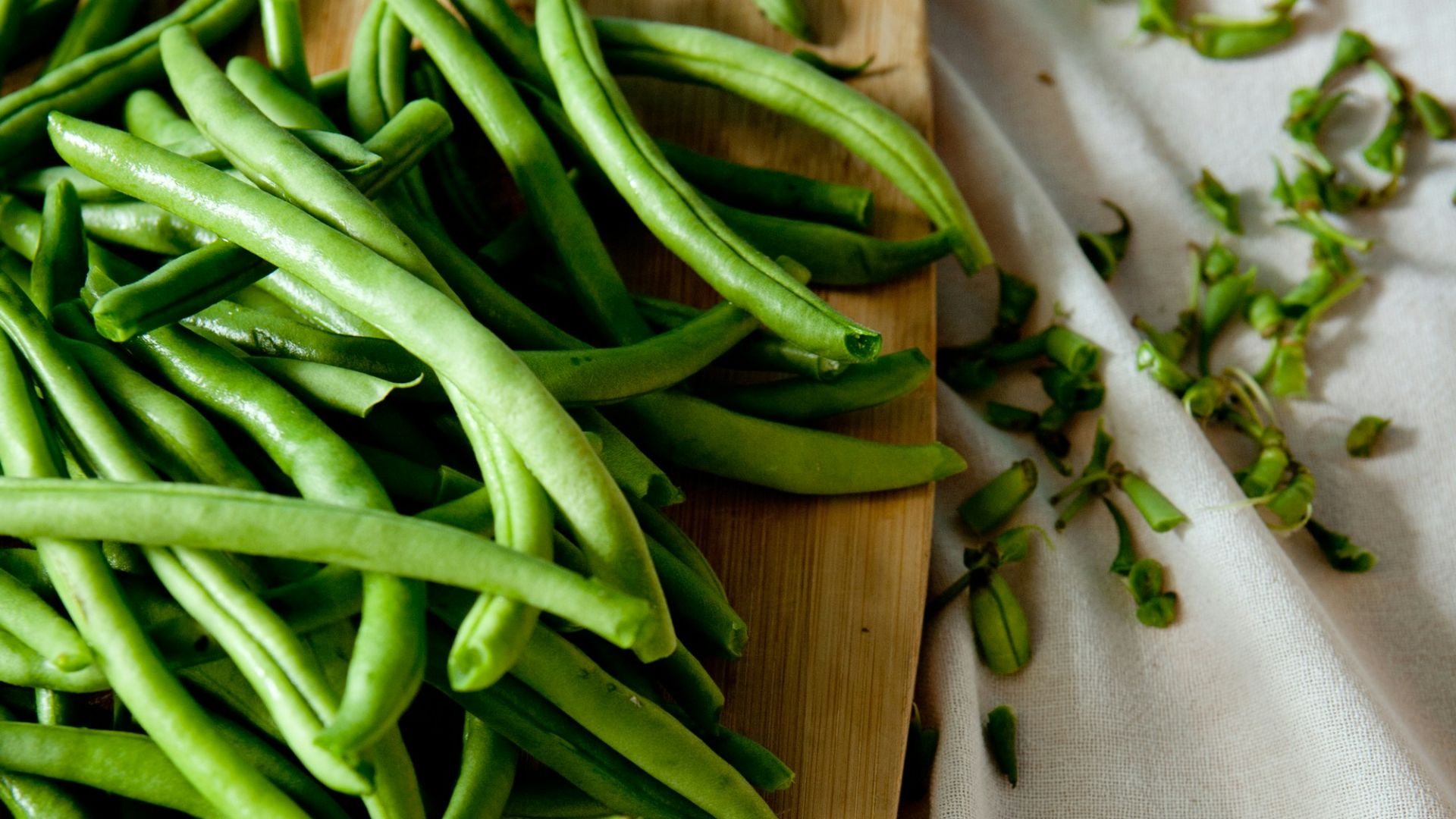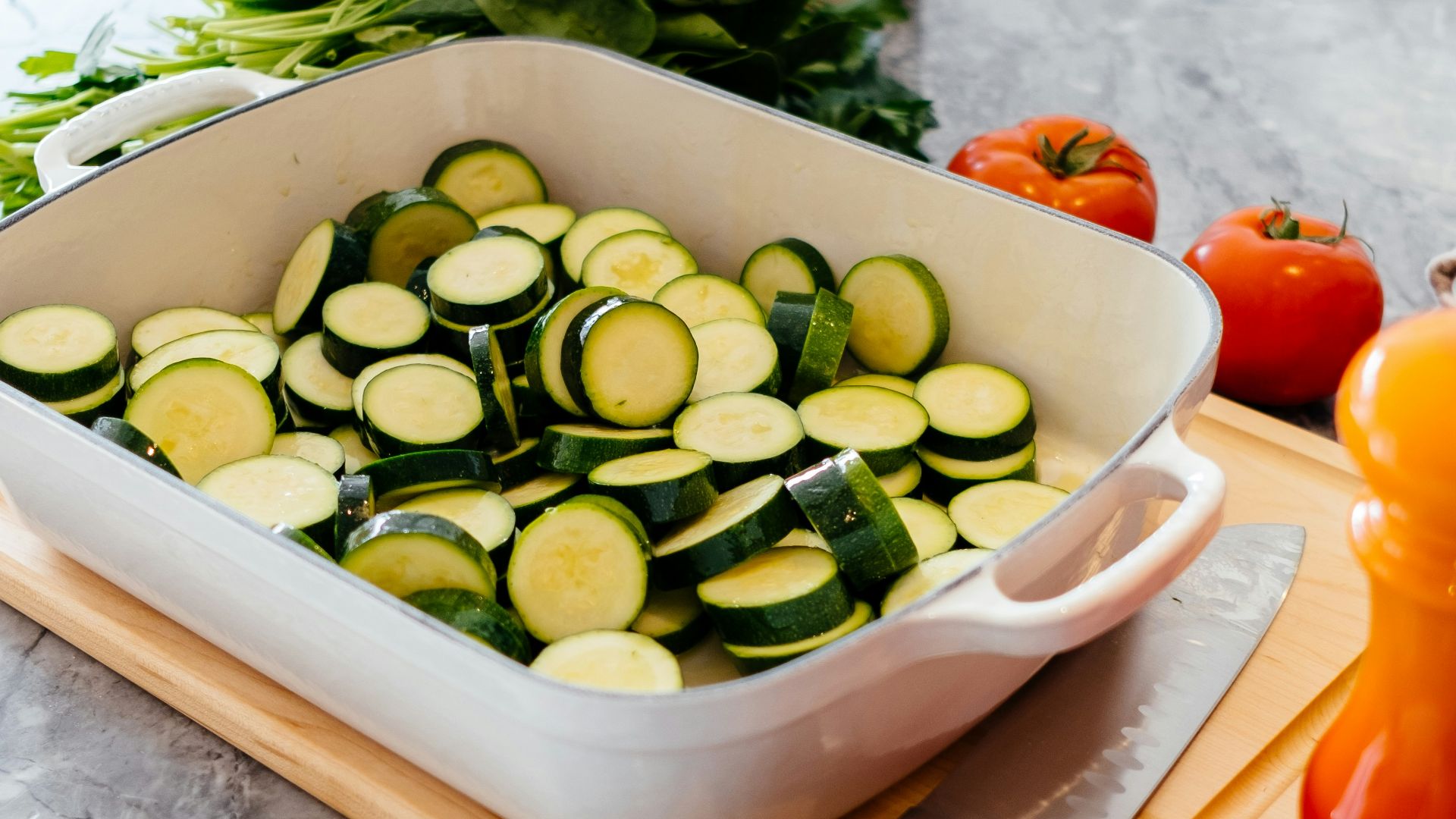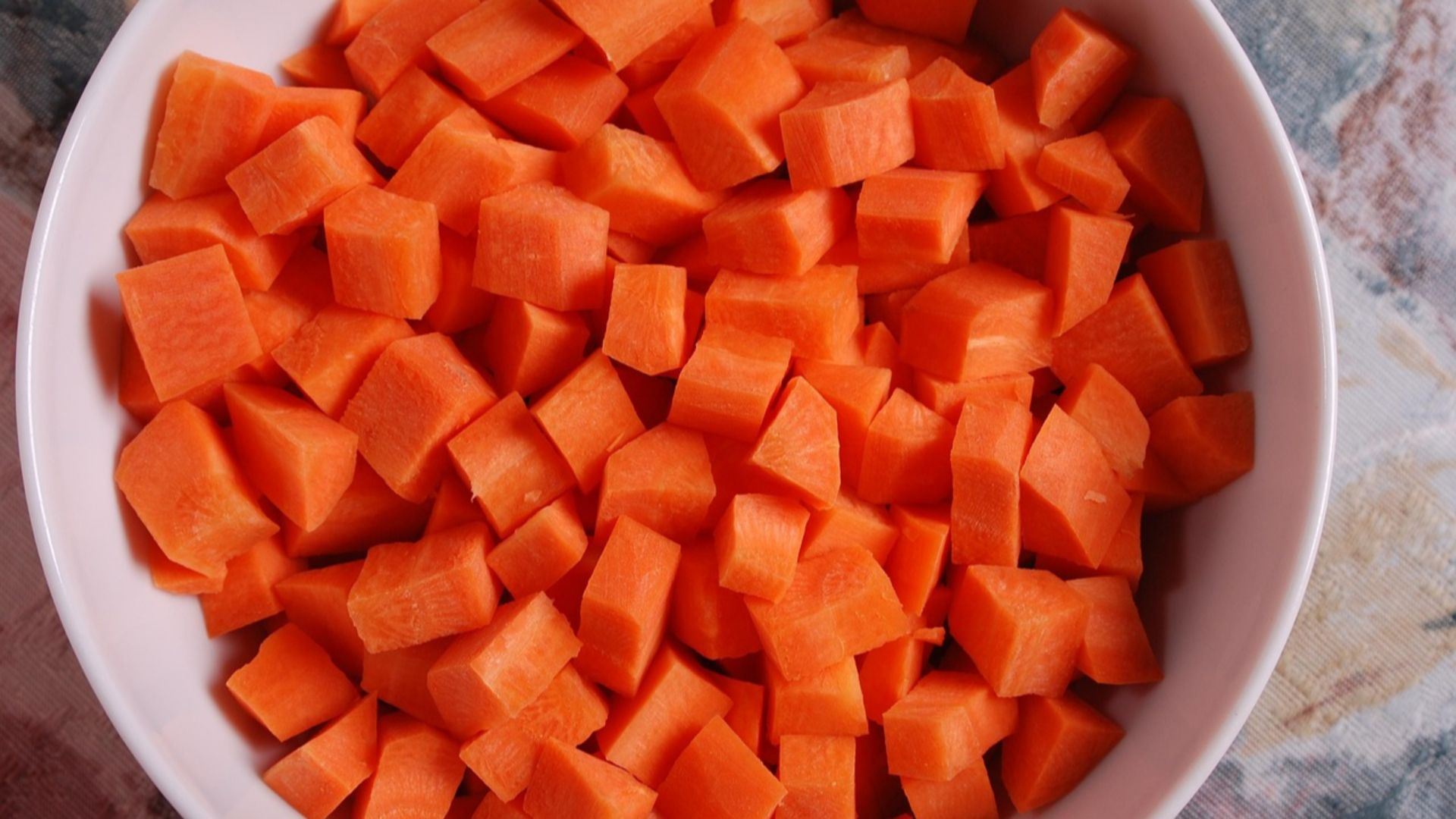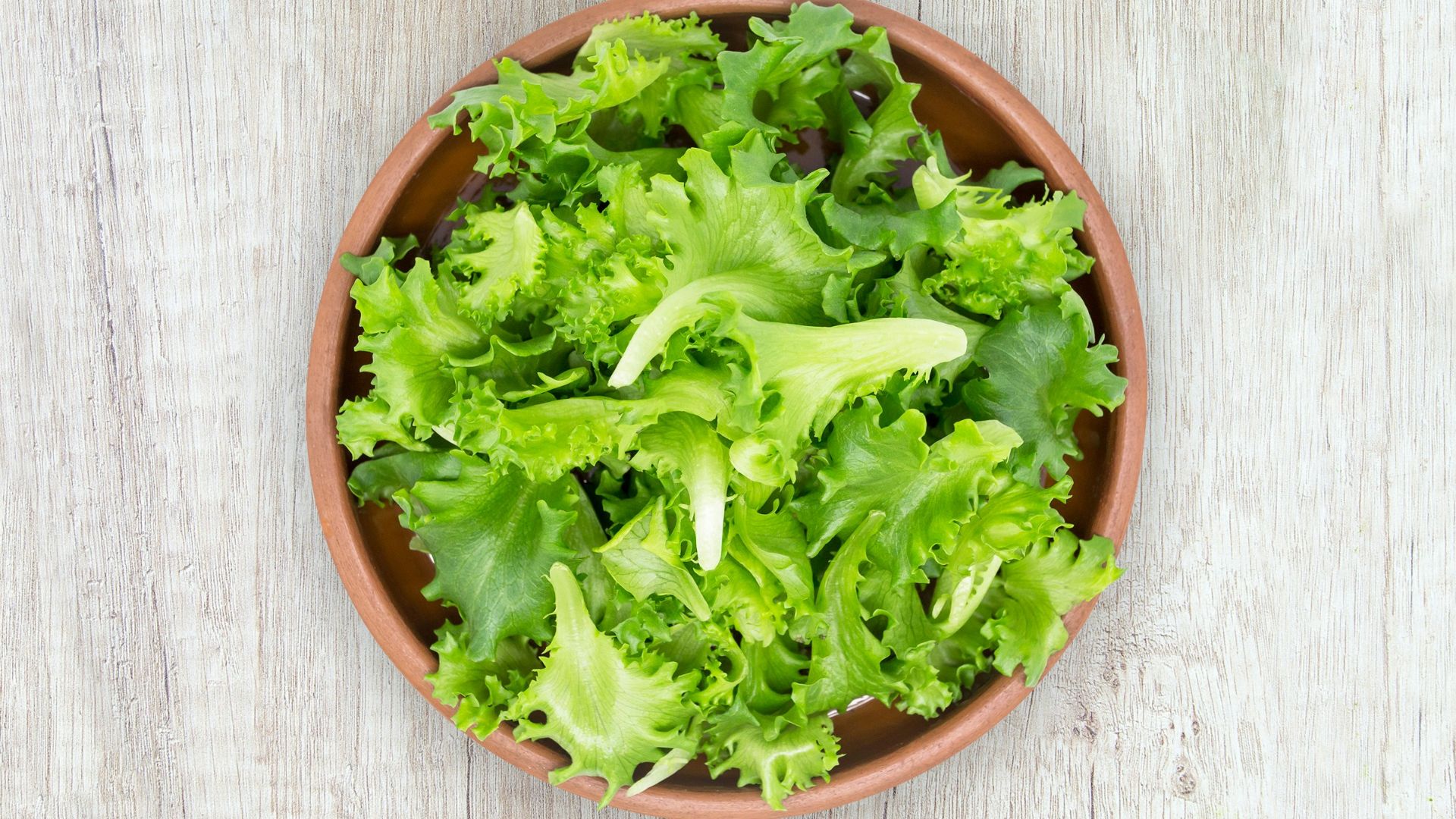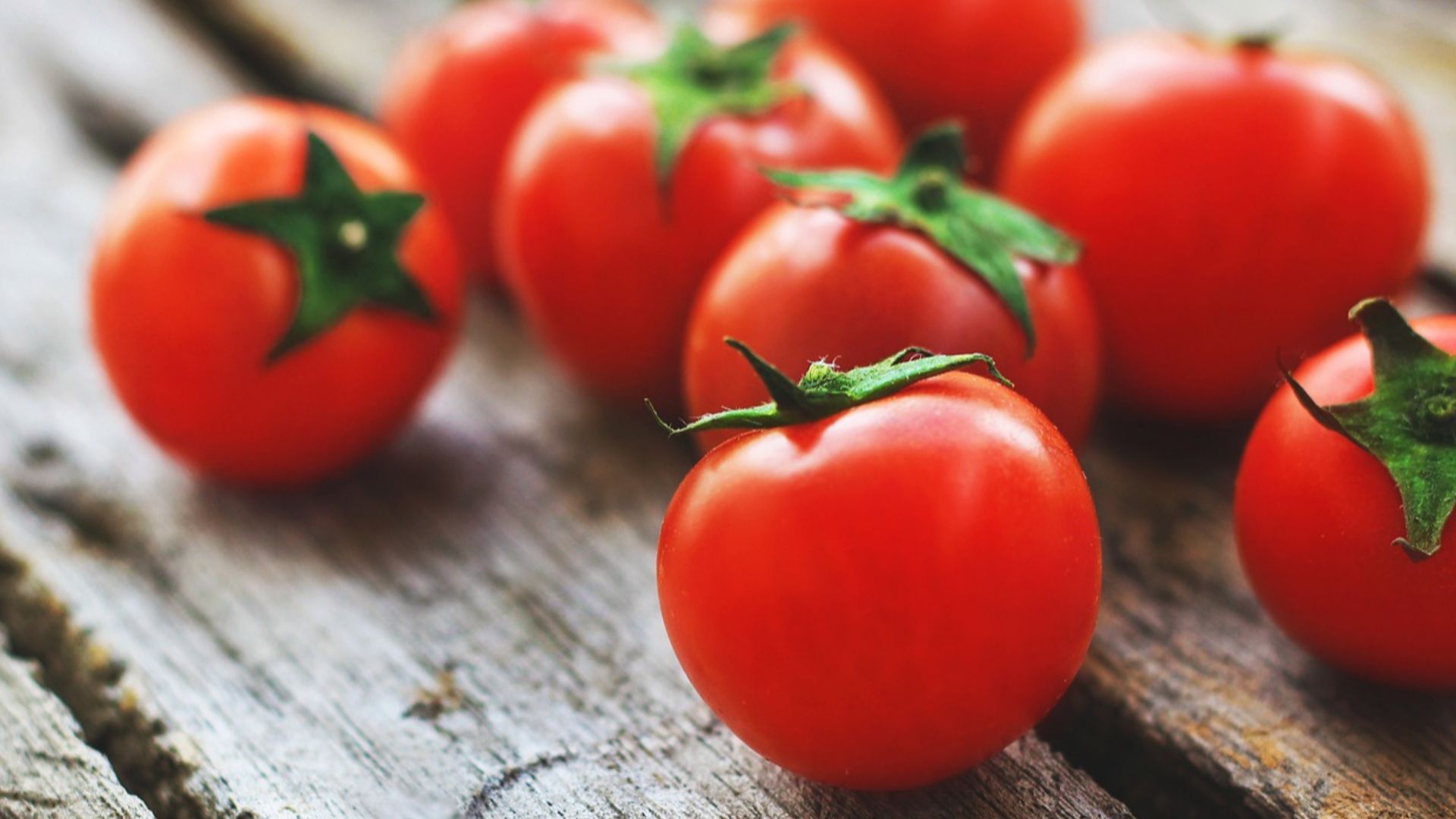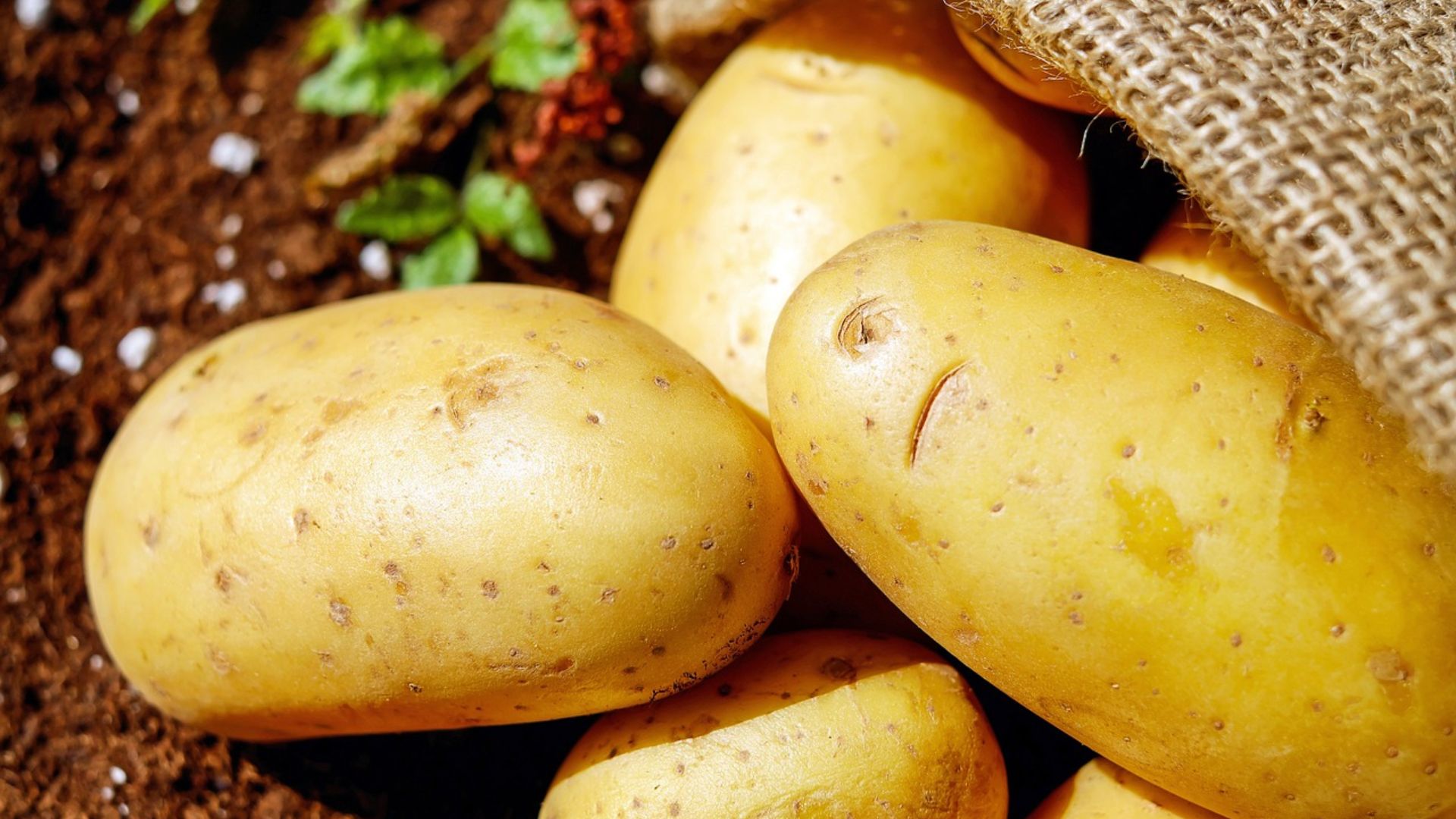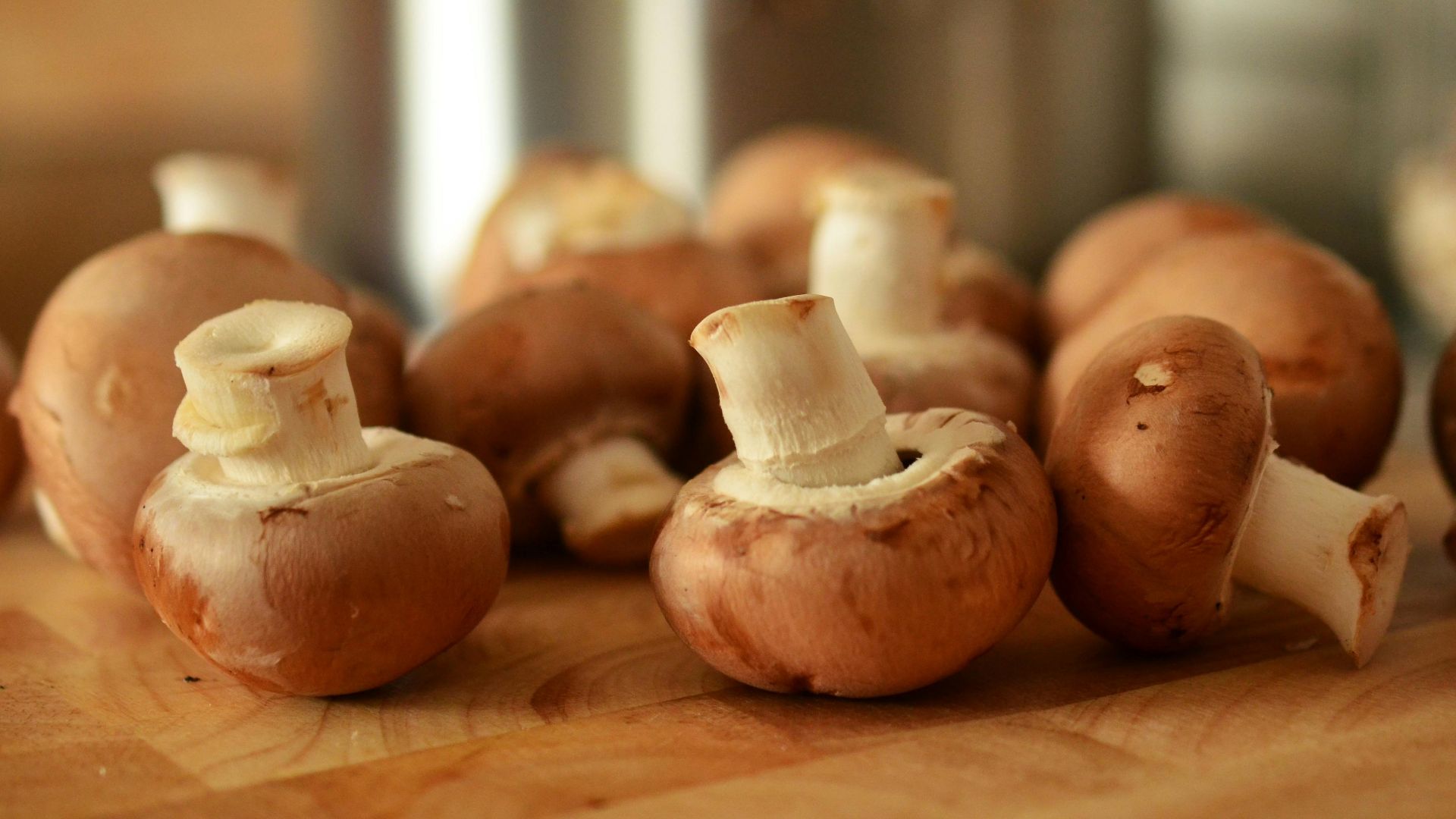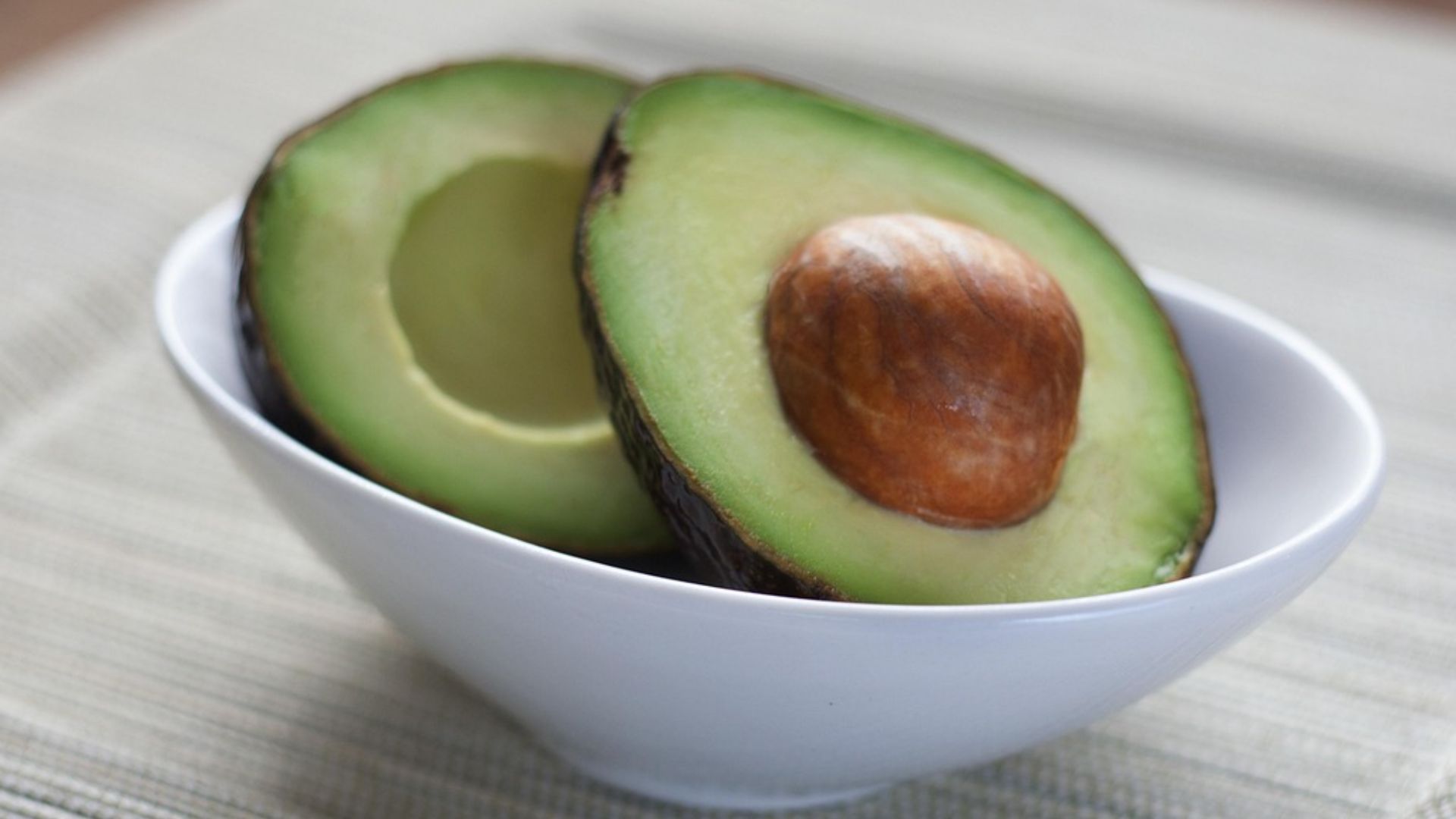To Freeze It Or Let It Be
Not all fruits and vegetables handle the cold equally. Some bounce back after freezing with their taste and texture intact, while others emerge mushy or nearly inedible. Knowing which foods freeze well and which to avoid can maximize both quality and freezer efficiency. So, let’s take a look at ten items that withstand freezing.
1. Broccoli
Blanched broccoli florets freeze exceptionally well and retain most of their nutrients. Before freezing, cut them into uniform pieces and blanch for 2–3 minutes to preserve color and texture. Skip this step, and they’ll turn mushy and dull. When frozen, broccoli can last up to 12 months.
2. Berries
Strawberries, blueberries, raspberries, and blackberries hold up well in the freezer when spread out on a baking sheet to prevent clumping. Their high antioxidant content remains stable at low temperatures. They're excellent for smoothies or sauces. Blueberries even maintain nearly all vitamin C after thawing.
 Susanne Jutzeler, suju-foto on Pexels
Susanne Jutzeler, suju-foto on Pexels
3. Spinach
Packed with iron and folate, spinach freezes well when blanched briefly and packed tightly into freezer-safe containers. Fresh leaves shrink significantly during blanching, allowing large quantities to fit in small spaces. While texture changes, the flavor and nutrients remain intact. One cup of frozen spinach equals about three cups fresh.
4. Peas
Fresh garden peas freeze beautifully when shelled and blanched for 90 seconds. Their bright color and sweet taste are preserved, making them perfect for quick cooking. They don’t require thawing before use. Frozen peas maintain up to 80% of their vitamin content for over eight months.
5. Cauliflower
Frozen cauliflower retains over 90% of its original vitamin C content. Like broccoli, they should be blanched before freezing to stop enzyme action that causes spoilage. Separate it into uniform florets and blanch for three minutes. Its dense texture can still be felt in soups, stir-fries, and roasts.
6. Bananas
Avoid freezing bananas in the peel—they become slimy and hard to work with. Peeled bananas freeze best when sliced or mashed, depending on the intended use. They’re ideal for baking or making dairy-free ice cream and retain their potassium levels after freezing.
 Photo By: Kaboompics.com on Pexels
Photo By: Kaboompics.com on Pexels
7. Green Beans
Green beans should be trimmed, blanched for two to three minutes, and flash frozen. Sub-zero temperatures soften their crunchy texture slightly but remain appealing in casseroles or stir-fries. The produce also maintains good color and nutrient density after freezing.
8. Zucchini
Freezing zucchini works best when sliced or grated, then briefly blanched to prevent bitterness. Its high water content changes texture, so it’s best used in soups or baked goods. Grated zucchini can be portioned for easy use in recipes. After freezing, it retains much of its manganese and vitamin B6 content.
9. Carrots
Carrots freeze very well, especially when peeled, sliced, and blanched for 2–3 minutes. This step preserves their bright color and nutrients. Frozen carrots retain high levels of beta-carotene and vitamin K after freezing. They are ideal for soups and stir-fries, maintaining a slight crunch even after cooking.
10. Corn
Fresh corn kernels freeze beautifully when removed from the cob and blanched for 4–5 minutes. They retain the natural sweetness, golden color, and a large portion of the food’s vitamin C and fiber content. Frozen corn is versatile, working well in soups and casseroles without requiring thawing.
Now, let's take a look at 10 types of produce that don’t handle freezing well.
1. Lettuce
Extremely low temperatures cause lettuce cells to burst due to their high water content, resulting in a wilted texture. While some greens handle freezing better, lettuce becomes slimy and unpalatable. The ice crystals formed destroy lettuce's crisp structure. Romaine and iceberg varieties suffer the most degradation when stored below 32°F.
2. Cucumbers
Because cucumbers are over 95% water, they turn mushy after freezing. The veggie’s crunchy texture doesn't survive thawing, and even pickled cucumbers fare poorly when frozen. The skin becomes rubbery, while the interior disintegrates into a pulpy mess.
3. Tomatoes (Raw)
Although cooked tomatoes freeze well, raw ones don't. The freezing process separates the pulp from the skin, causing a mealy texture and watery consistency upon thawing. The flavor also diminishes noticeably. Cherry and grape varieties are prone to developing tough skins after being frozen.
4. Potatoes (Raw)
When frozen, raw potatoes turn grainy, discolored, and watery due to their starch content. The water inside expands and ruptures cell walls. Parboiling before freezing slightly improves texture, but raw storage results in unpleasant, sweet, gritty spuds. Regardless of their color, all potatoes are affected by this issue.
5. Celery
Celery's fibrous structure doesn’t withstand freezing. Once thawed, it becomes limp and watery, losing the crunch that makes it useful in salads and snacks. However, it can be used in cooked dishes if frozen. Even then, flavor loss occurs because of its high moisture content.
6. Radishes
Freezing radishes alters their texture, turning their crisp bite into a spongy, rubbery mess. The high water content doesn’t tolerate ice crystal formation. Thawed radishes also develop a bitter aftertaste that isn’t present when fresh. Daikon and watermelon radishes are especially vulnerable to this texture and flavor deterioration.
7. Onions (Raw, Whole)
Due to its layered structure, whole raw onions freeze unevenly and become mushy upon thawing. The outer layers may become slimy, while the inner ones remain icy. For best results, onions should be chopped and flash-frozen first. Sweet onions break down faster than yellow or red types.
8. Bell Peppers (Raw)
Though they technically freeze, raw bell peppers lose their crispness entirely and become limp after thawing. This makes them unsuitable for raw uses like salads or crudité trays. Green peppers hold up slightly better than red or yellow, but none retain the original texture.
9. Mushrooms (Raw)
Raw mushrooms freeze poorly because they’re porous and moisture-rich. This causes them to become rubbery and shriveled. Their structure collapses under ice formation, leading to a chewy or slimy texture. Delicate varieties like enoki or oyster are particularly sensitive to freezing damage.
10. Avocados (Whole Or Sliced)
When frozen, avocados develop a grainy, watery texture that is unpleasant for raw dishes like toast or salads. The fat content remains intact, but the smooth consistency breaks down. Even mashed avocado fares better than sliced. Hass avocados, the most common variety, are especially prone to texture loss.
KEEP ON READING

10 Foods That Improve Blood Flow & 10 That Ruin It



